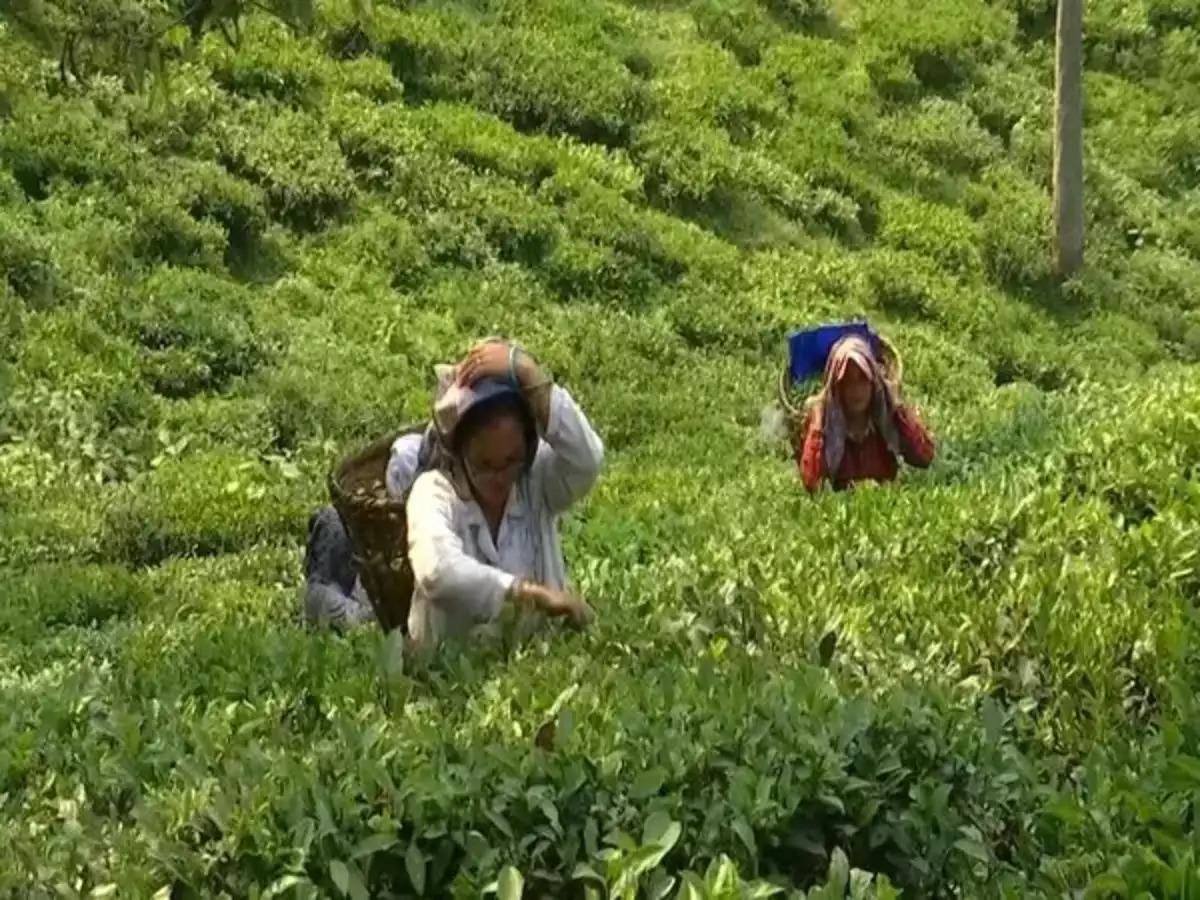
The tea export figures for India reached 255 million kilograms to claim second position behind China for the 2024 year. Strategic government policies combined with market expansion demand from international markets have established India as a dominant force in global tea markets with its position as the second-largest tea exporter worldwide in 2024. The tea sector of India maintains 10% market share in global exports as it continues exporting tea to the major markets of UAE, Iraq, Iran and Russia together with USA and UK.
Record-Breaking Exports
-
The tea industry recorded an annual growth of 10% when India exported 255 million kilograms of tea during 2024 compared to 231.69 million kilograms in 2023.
-
The industry breaks sales records for annual exports which represent the most exported amount in ten years although worldwide economic obstacles persist.
Key Export Markets
-
India distributes its tea exports to more than 25 international countries.
-
Indian tea finds its major import markets among the UAE together with Iraq and Iran and Russia and the United States and United Kingdom.
Diverse Tea Varieties
-
Black tea controls nine out of ten exported tea products.
-
The tea industry includes black tea and four other forms: green tea and herbal tea with masala tea and lemon tea.
Government Initiatives
-
The Tea Board of India has introduced multiple efforts dedicated to improving tea manufacturing and product recognition initiatives.
-
Formation of 352 Self-Help Groups (SHGs), 440 Farmer Producer Organizations (FPOs), and 17 Farmer Producer Companies (FPCs).
-
The creation of mini tea processing plants aims to develop rural business opportunities.
Employment & Economic Impact
-
The direct employment base of the Indian tea industry reaches 1.16 million whereas its indirect workforce totals 1.16 million.
-
The world considers Assam tea and tea from both the Darjeeling region and Nilgiri region to be the superior quality varieties.
Regulatory & Promotional Efforts
-
Indian Tea Board serves as the authority responsible for both product quality standards and market development initiatives.
-
The Tea Board of India implements export subsidy programs and implements branding strategies combined with financial aid for small growers.
About Tea
-
After water tea stands as the second most consumed beverage worldwide since its production occurs from Camellia sinensis plant material.
-
Origin: The original source for tea development exists between northeast India, North Myanmar, and Southwest China. Archaeological findings demonstrate that the Chinese people used tea as a beverage for more than 5000 years back.
-
Growth Conditions:
-
Climate: Thrives in tropical and subtropical regions with high humidity.
-
Optimum plant growth happens at temperatures ranging from 20°-30°C yet extreme temperatures may cause harm to tea plants.
-
-
Rainfall: Requires 150-300 cm of well-distributed annual rainfall.
-
Soil: Prefers slightly acidic, well-drained soil with good water percolation.
-
Significance
-
The cultivation of tea serves as a significant economic plant which generates employment opportunities for weaker economic areas.
-
Indian tea production supports multiple Sustainable Development Goals (SDGs) through poverty reduction (Goal 1) and hunger reduction (Goal 2) and strengthening women (Goal 5) with increased sustainability of land use (Goal 15).
-
This plant carries great cultural implications across countless regions across the world.
International Tea Day
-
International Tea Day has an assigned annual observance on May 21 through United Nations General Assembly resolution passed in December 2019.
How to Encourage the Growth of Indian Tea Industry?
-
Through the One District One Product (ODOP) Scheme Indian tea can be successfully marketed worldwide. The 'AROMA' strategic plan should be implemented to achieve profitability and sustainable growth along with expansion.
-
A framework to help local farmers increase quality along with sustainable practices should be implemented.
-
A campaign should be constructed to advance export infrastructure while focusing on high-value international markets in EU countries, Canada, South American states and Middle Eastern territories.
-
The promotion of organic tea products and GI-certified teas should occur through brand development.
-
Modernisation: Enable self-reliant tea farmers with better local supply chains.
-
The tea cultivation system should adopt flexible strategies that protect against climate threats for sustainable management.
Conclusion
India has achieved status as the world's second-largest tea exporter because of its historic tea cultivation practices together with governmental backing and broad marketplace demand. Through enhanced technology implementation together with branding efforts and sustainable practices India demonstrates an excellent potential to expand its market dominance in global tea distribution. Long-term sector growth will depend on three main factors: quality control systems development together with infrastructure improvement and worldwide market expansion.



 Stalin Launches Kalaignar Kaivinai Thittam as an Alternative to PM Vishwakarma Scheme
Stalin Launches Kalaignar Kaivinai Thittam as an Alternative to PM Vishwakarma Scheme Unlocking India’s $25 Billion Export Potential in Hand and Power Tools Sector: NITI Aayog’s Strategi
Unlocking India’s $25 Billion Export Potential in Hand and Power Tools Sector: NITI Aayog’s Strategi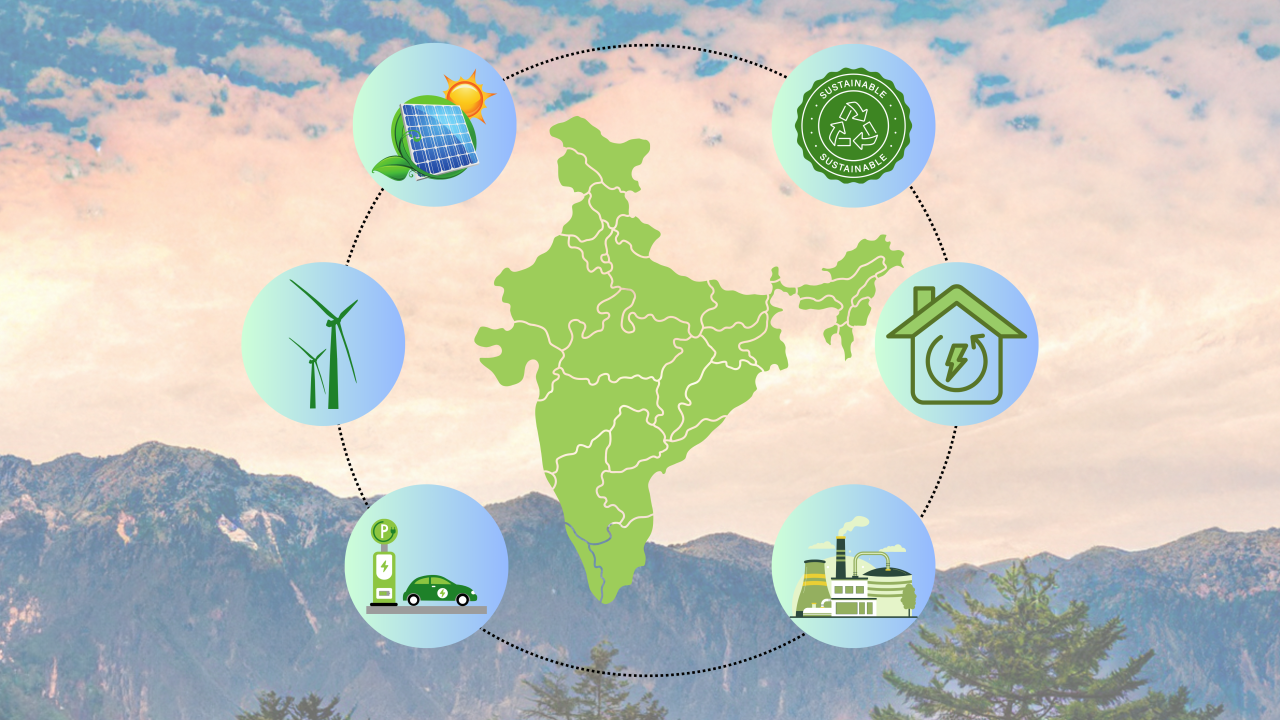 Synergising Hydrogen Generation and Electricity Storage: A Pathway to India’s Net-Zero Future
Synergising Hydrogen Generation and Electricity Storage: A Pathway to India’s Net-Zero Future How Make in India is Transforming India's Global Pharmaceutical Footprint
How Make in India is Transforming India's Global Pharmaceutical Footprint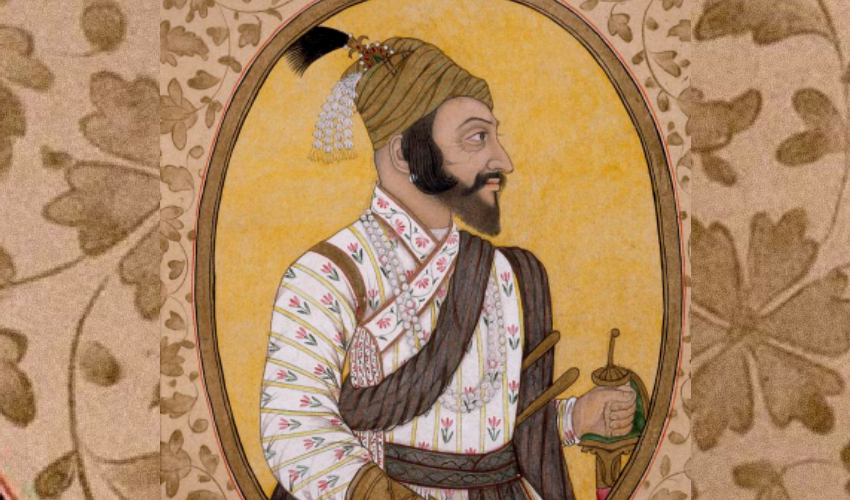 The Radical and Enduring Legacy of Shivaji Maharaj – A Pioneer of Governance and Military Strategy
The Radical and Enduring Legacy of Shivaji Maharaj – A Pioneer of Governance and Military Strategy Sarhul Festival: A Celebration of Nature and Adivasi New Year
Sarhul Festival: A Celebration of Nature and Adivasi New Year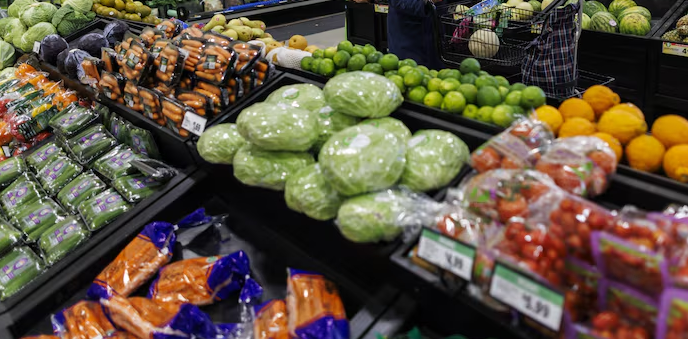 From Farm to Retail: Make in India’s Food Processing Revolution
From Farm to Retail: Make in India’s Food Processing Revolution ADB-Funded SMILE Program to Enhance India's Logistics Efficiency
ADB-Funded SMILE Program to Enhance India's Logistics Efficiency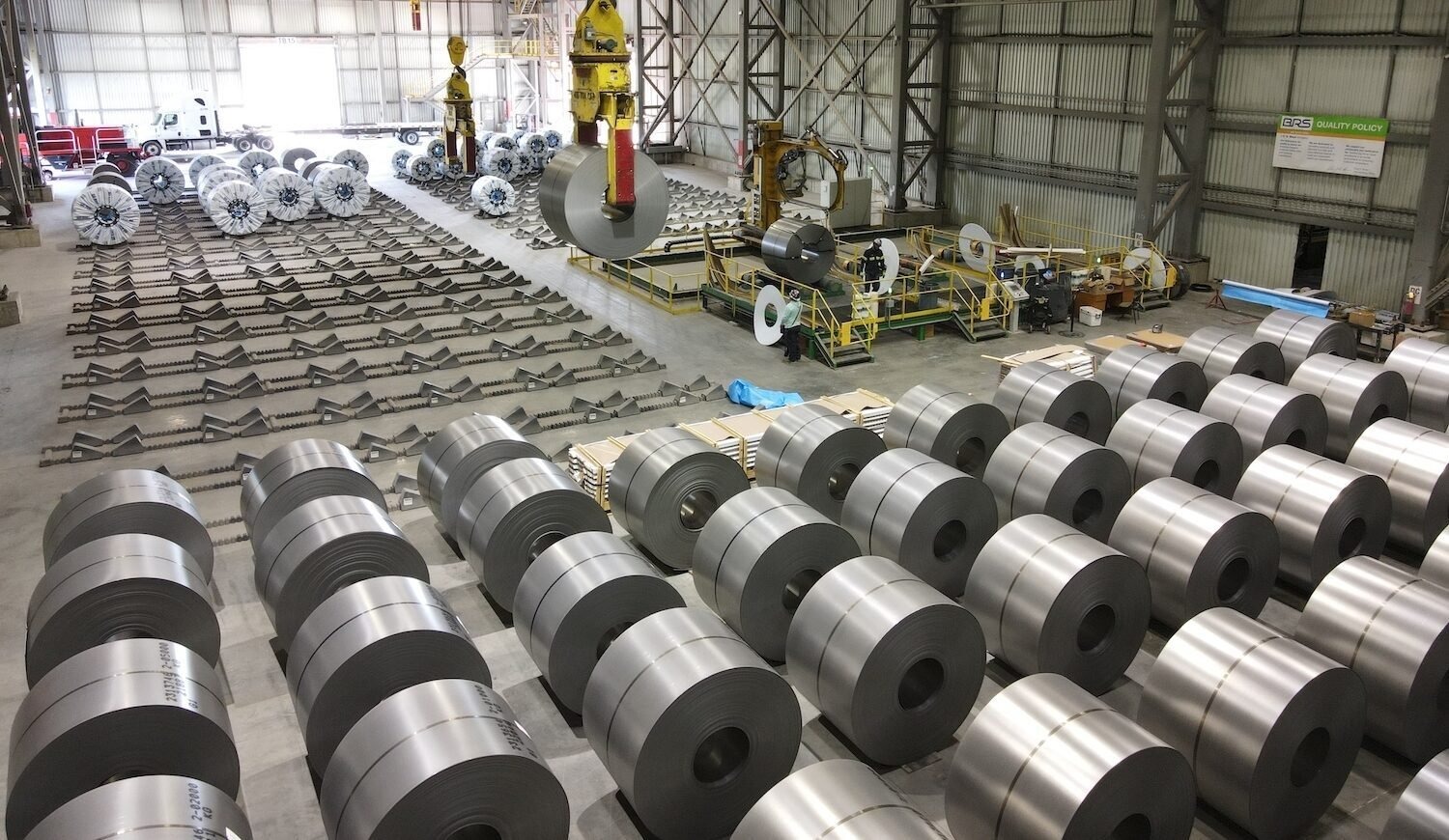 Green Iron: A Billion-Dollar Opportunity and the Challenge of Winning It
Green Iron: A Billion-Dollar Opportunity and the Challenge of Winning It






